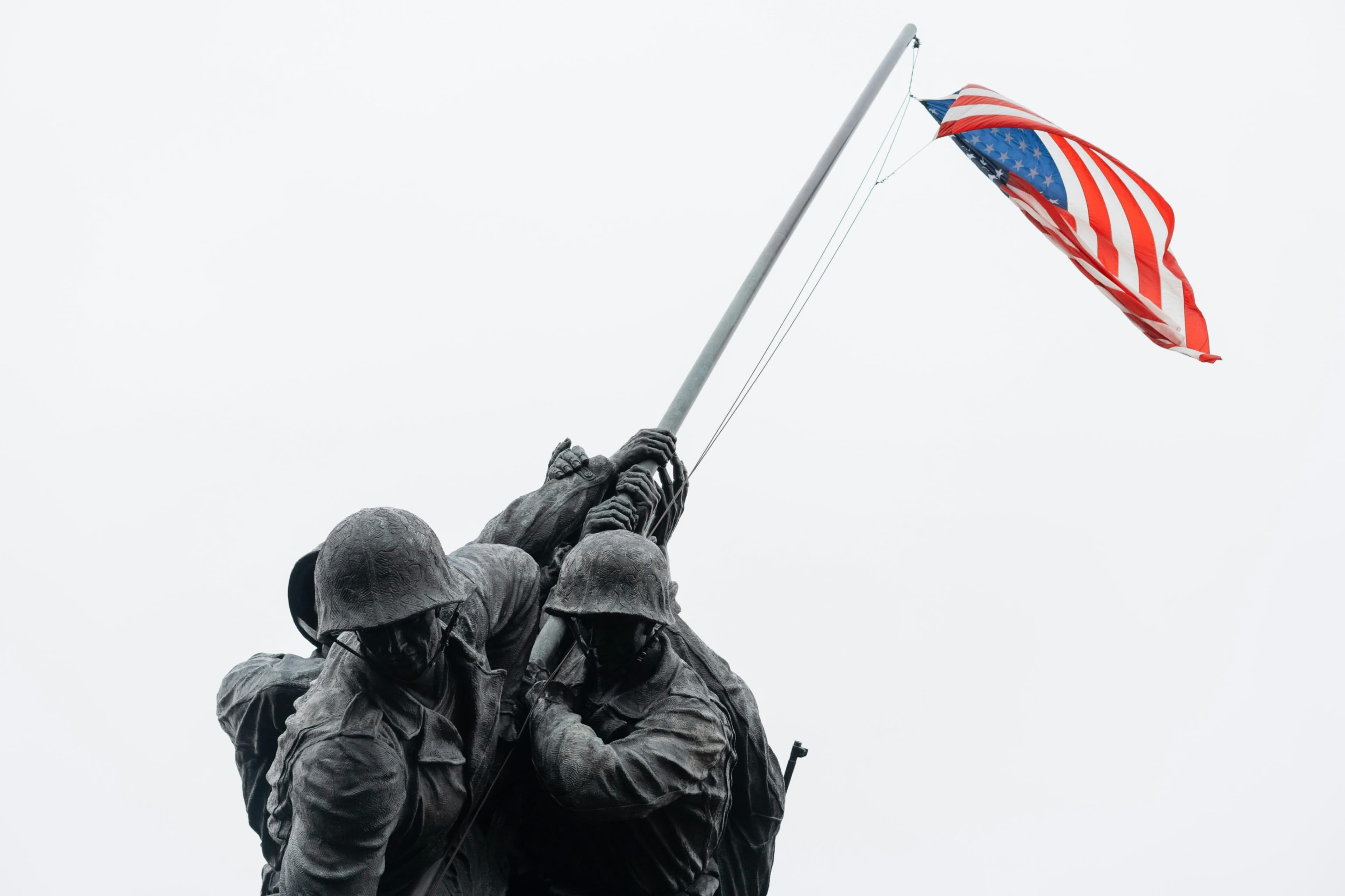
Translating Military Leadership Lessons into Civilian Workplaces
Military leadership training is designed to build competence under pressure, foster trust among teams, and develop decision-makers who can act decisively with limited information. These are not abstract qualities - they are practical tools forged through rigorous training and real-world application. When soldiers transition out of uniform, they carry with them a toolkit that can benefit any organization, particularly those in government service. Teaching leadership beyond the classroom should include structured mentorship, scenario-based learning, and values-based decision-making, all of which are core elements of military instruction.
Public agencies can benefit by integrating these structured approaches into their leadership development programs. For example, the Army’s Leadership Requirements Model emphasizes attributes such as character, presence, and intellect, paired with competencies like leading others and achieving results (U.S. Army 2019)1. Civilian leadership training can adopt this framework to create continuity between onboarding and career progression. Agencies should move away from passive learning modules and instead implement workshops where staff are given real-world problems to solve collaboratively, guided by experienced mentors.
Servant Leadership as a Cultural Foundation
Servant leadership is not just a theory in the military - it is a daily practice. Leaders are taught that their primary duty is to serve their subordinates by removing obstacles, providing support, and setting a consistent example. This approach builds trust, which is critical to mission success. In a civilian agency, adopting servant leadership means supervisors take ownership of their team’s development, ensure equitable workloads, and foster an environment of respect and accountability. These principles resonate particularly well in local government settings, where service to the community is a shared mission.
To institutionalize servant leadership, public organizations should incorporate it into performance evaluations, hiring criteria, and leadership training. The Air Force’s Leader Development Framework, for instance, focuses on developing leaders of character who prioritize the mission and their people (Department of the Air Force 2020)2. Agencies can adapt this by evaluating leaders not just on output, but on how well they support the professional growth and well-being of their teams. When leaders actively listen and lead by example, they reinforce a culture of service that boosts morale and retention.
Building Competence Through Repetition and After-Action Reviews
One of the most effective tools in military training is the After-Action Review (AAR). After every mission or training event, teams conduct a structured review to discuss what happened, why it happened, and how performance can improve. This process is not about assigning blame - it is about learning and accountability. Civilian agencies can adopt this approach by holding regular debriefs after major projects, emergency responses, or policy rollouts. These reviews should be led by a neutral facilitator and focus on tangible takeaways for
Read-Only
$3.99/month
- ✓ Unlimited article access
- ✓ Profile setup & commenting
- ✓ Newsletter
Essential
$6.99/month
- ✓ All Read-Only features
- ✓ Connect with subscribers
- ✓ Private messaging
- ✓ Access to CityGov AI
- ✓ 5 submissions, 2 publications
Premium
$9.99/month
- ✓ All Essential features
- 3 publications
- ✓ Library function access
- ✓ Spotlight feature
- ✓ Expert verification
- ✓ Early access to new features
More from 2 Topics
Explore related articles on similar topics





